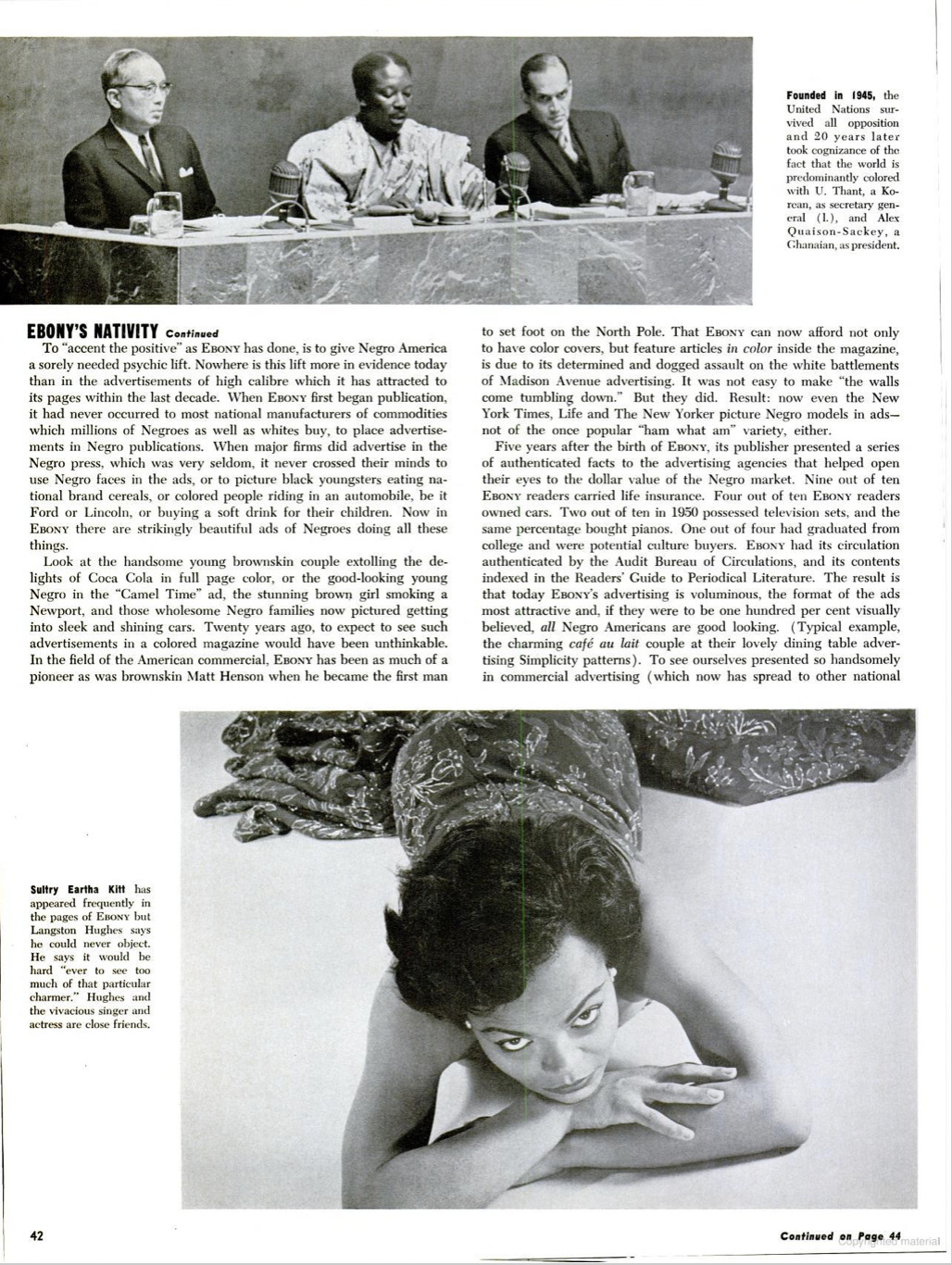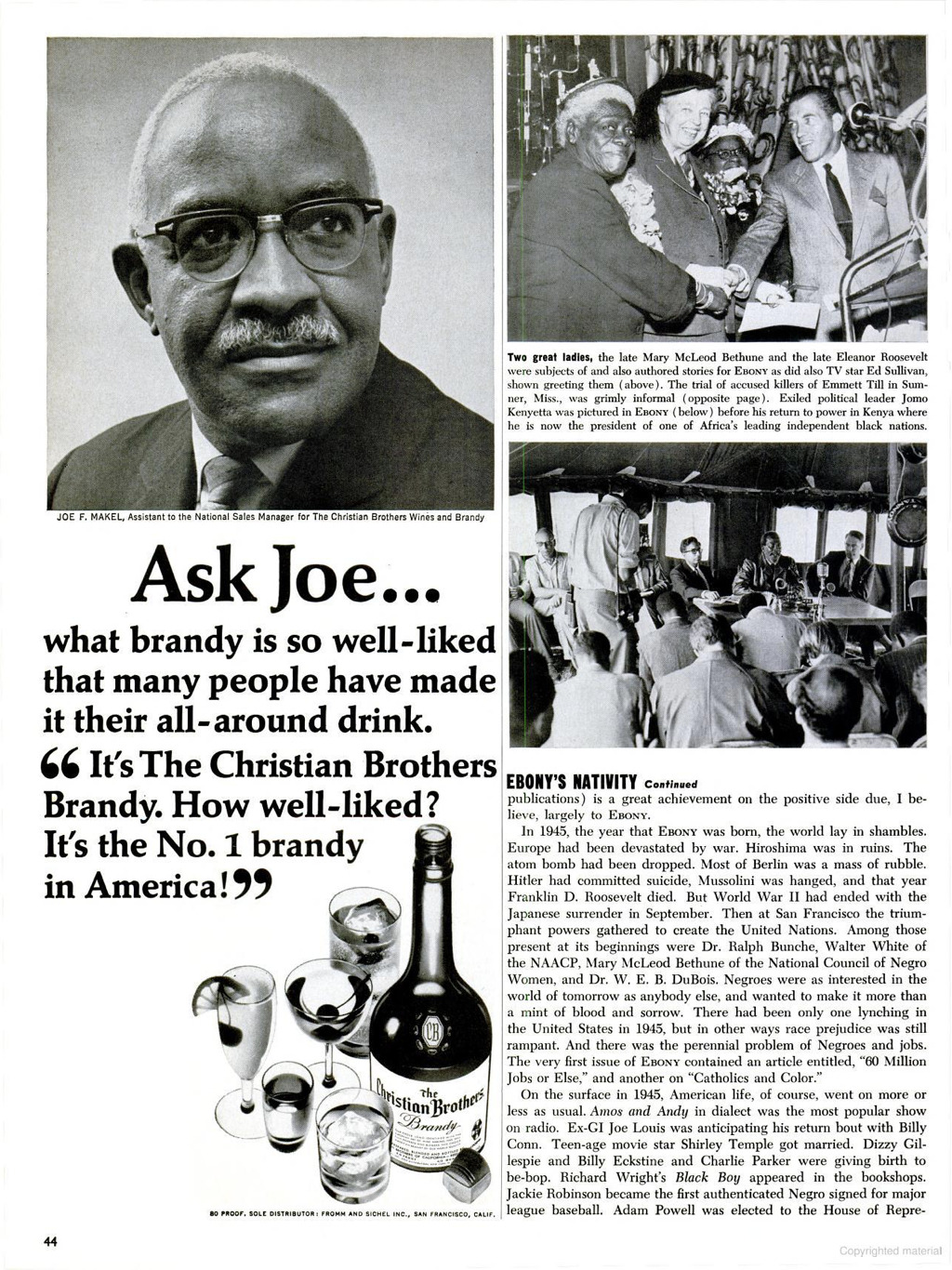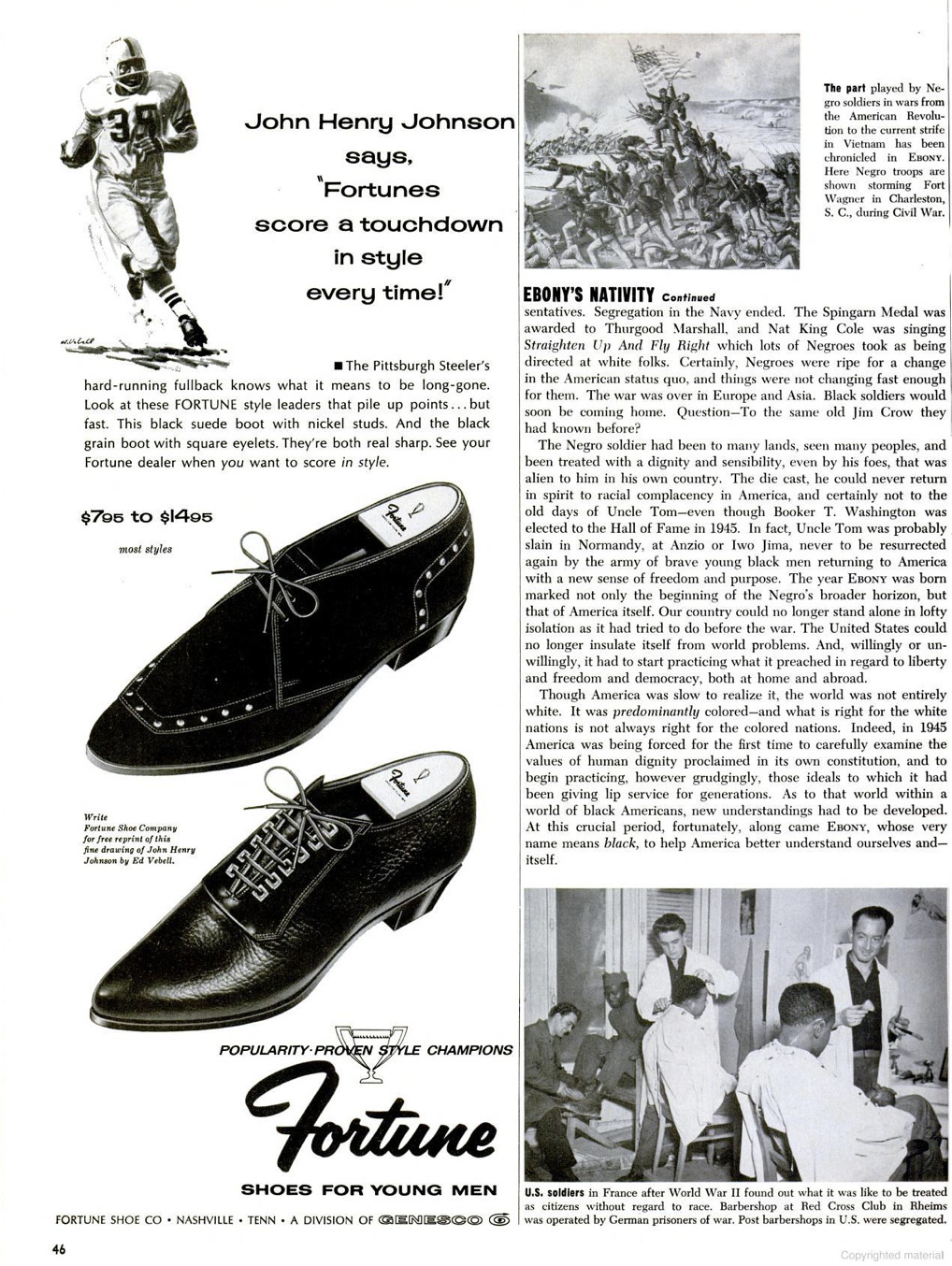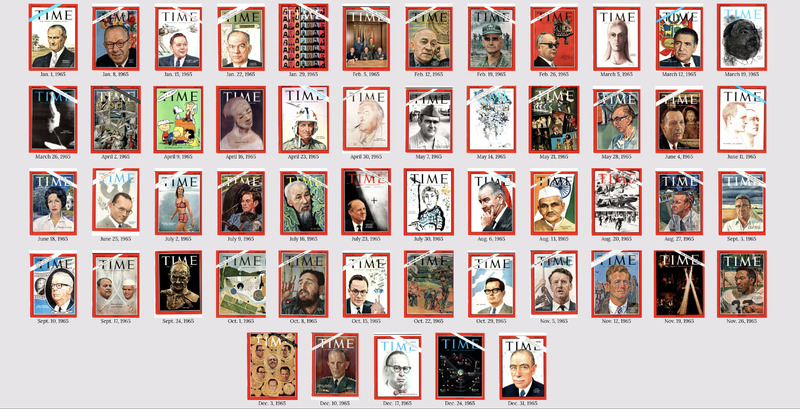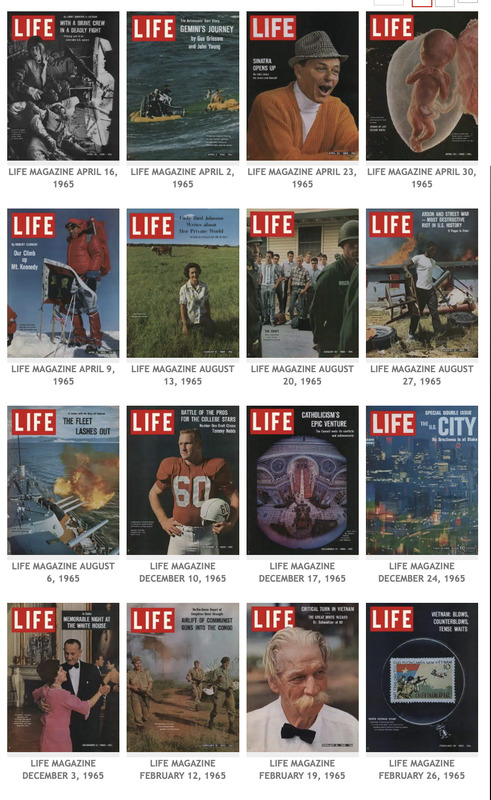The Inception of EBONY
Twenty years of EBONY meant there was a lot to reflect on. The magazine was founded by John H. Johnson who wanted to produce a magazine that “...provide[d] positive images for Blacks in a world of negative images and non-images” (“The First Issue”). Thinking about the humble beginnings of the magazine, an unknown male wrote “Ebony’s Nativity”, an article that was produced for EBONY’s Black audience in November 1965 to reflect on twenty years of the magazine's development, impact, and success. The reflection acknowledges that EBONY magazine gave “Negro America a sorely needed psychic lift” and noted that this was evident in the “high caliber” advertisers which were attracted to the magazine. EBONY acknowledges its influence in the Black community and asserts that these advertisements played a strong role in shaping Black aesthetics of the time.
Furthermore, the article asserts the Black people did want to prove their worth to white people. ““If we had no EBONY, we would not have such photographs in dramatic color piled on thousands of newsstands throughout the country for our white fellow citizens to see at a glance the new roles Negroes play in today’s world”. The unknown male writer suggests that EBONY not only internally impacted the Black community, but it also served as a platform through which Black excellence could be showcased externally to their white counterparts.
Lastly, the article also states that because Black people are now being advertised more frequently in EBONY magazine, other popular media platforms were excited to have Black talent featured in their work. However, looking at both the 1965 TIME and LIFE magazine vaults, this does not seem to be the case. The 1965 TIME and LIFE magazine vaults are digital archives which were created by the respective companies for the accessibility and preservation of their 1965 content.
The TIME magazine vault had no advertisements for beauty products targeted toward Black women. In fact, there was no inclusion of Black women anywhere. There were only a limited number of advertisements featuring white women, all of which were about things other than beauty. Similarly, in the LIFE magazine vault, none of the magazines had Black women on the cover. The inside of these magazines was not accessible but based on the lack of representation of Black women on the covers, it can be understood that they were not a marketing priority.
Both TIME and LIFE were popular magazines of the time referenced by the unknown male writer. Unfortunately, they directly contradict his work in that they prove that Black representation, especially that of Black women, was not in growing demand due to the rise of EBONY as proclaimed in the article. This is meaningful in that Black people felt they had something to prove, but their white counterparts were not checking for them in the slightest. This goes to show that the truth may have been stretched to fulfill EBONY’s agenda to convince its readers that they are desired by their white counterparts.
In discussing EBONY's agenda, it is important to acknowledge that the magazine was created by a Black man and leadership was mostly composed of men. With the undue amount of beauty advertisements targeted to Black women in 1965, it is indisputable that Black people sought to elevate their physical appearance in hopes of gaining social capital. More importantly, it can be argued that Black men benefited in society based on the appearance of Black women.
“grossed a record of $5.5 million from sale of advertising space alone”
This is evident in “20 Years: Publication mirrors two decade of Negro”, an article produced for EBONY’s Black audience in Nov 1965 to celebrate and reflect on twenty years of the magazine’s development, impact, and success. With EBONY’s growing influence, the magazine “grossed a record of $5.5 million from sale of advertising space alone”. This goes to show that the advertisement industry was a profitable industry for both the companies and the magazine in 1965. With a record number of money made from advertising, advertisements targeted toward Black women were very important to the economy.



